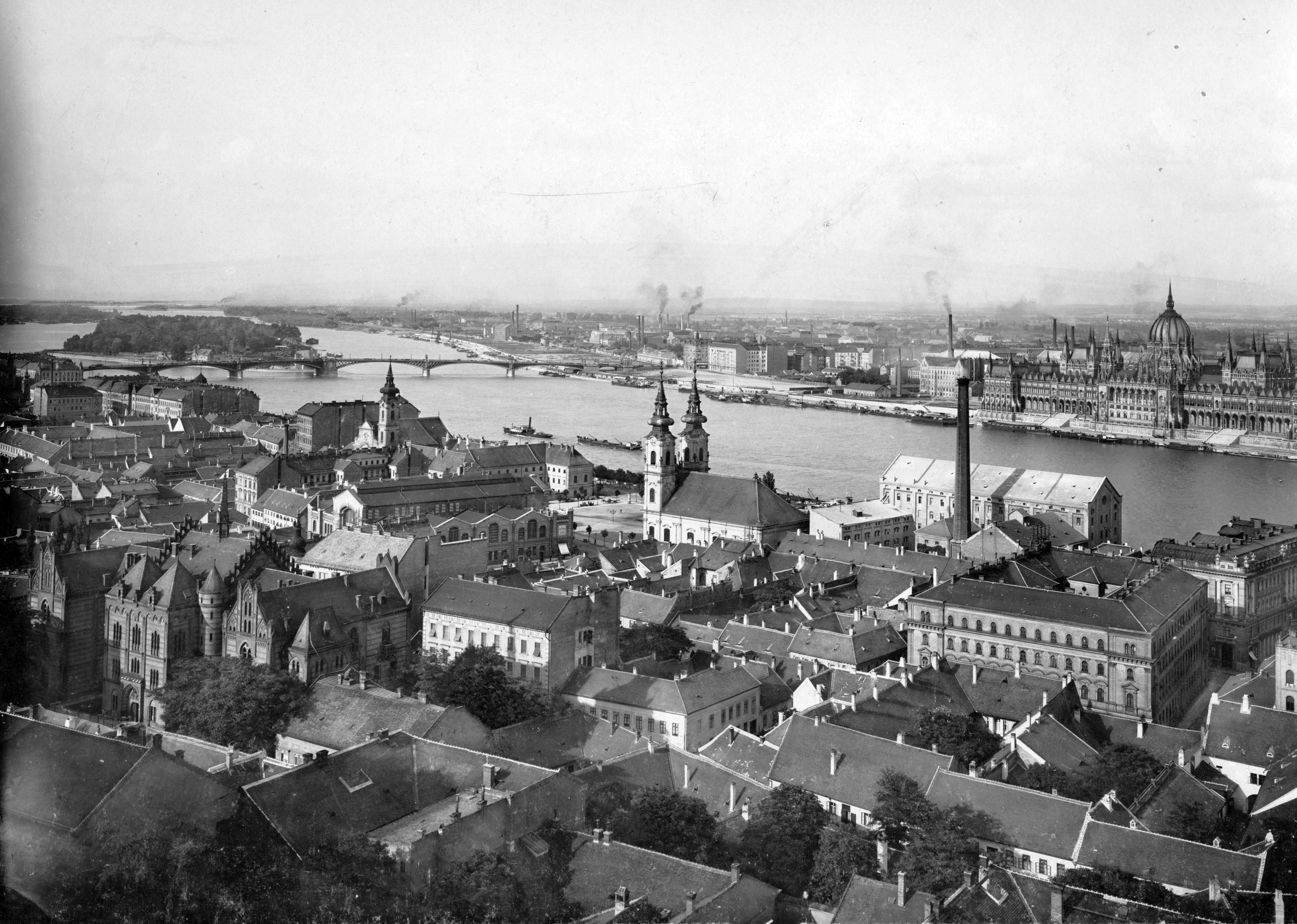Budapest has officially existed since 17 November 1873, when Pest, Buda and Óbuda, together with Margaret Island, were declared united. The first joint council of Buda and Pest was held this week 147 years ago, but stronger ties between the two sides divided by the Danube started developing well before. To celebrate the city’s anniversary, we have assembled a few curious tidbits and interesting photographs from the past, looking back at the history of the Hungarian capital.
By the beginning of 1873, newspapers were
already talking about the upcoming merger of Pest, Buda and Óbuda, which seemed
a completely natural process of urban development.
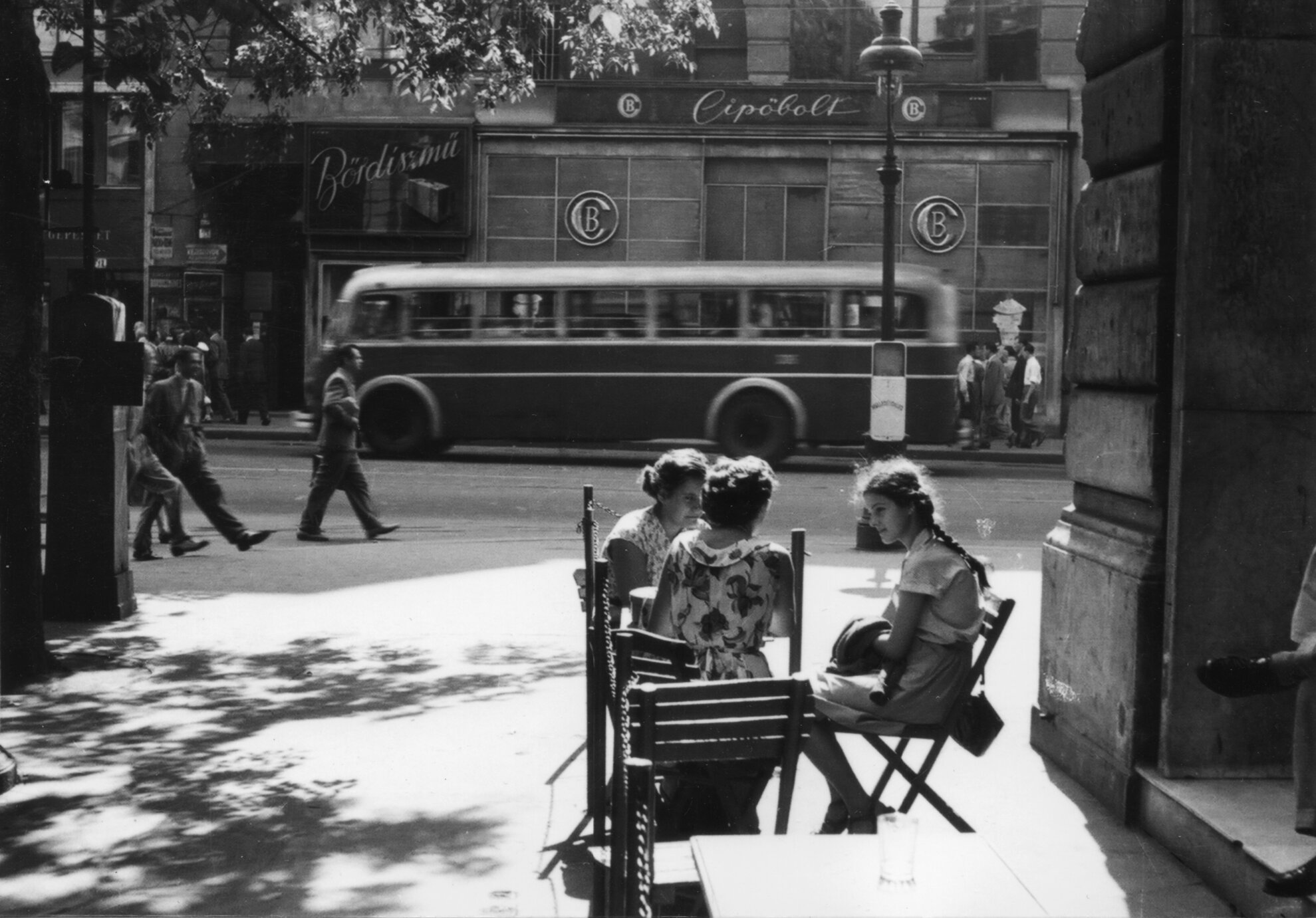
At the time, the population was rapidly increasing, with construction a-plenty, new businesses opening, and a vibrant, interconnected local cultural, political and social life – the lives of three communities became intertwined, and would not be separated again.
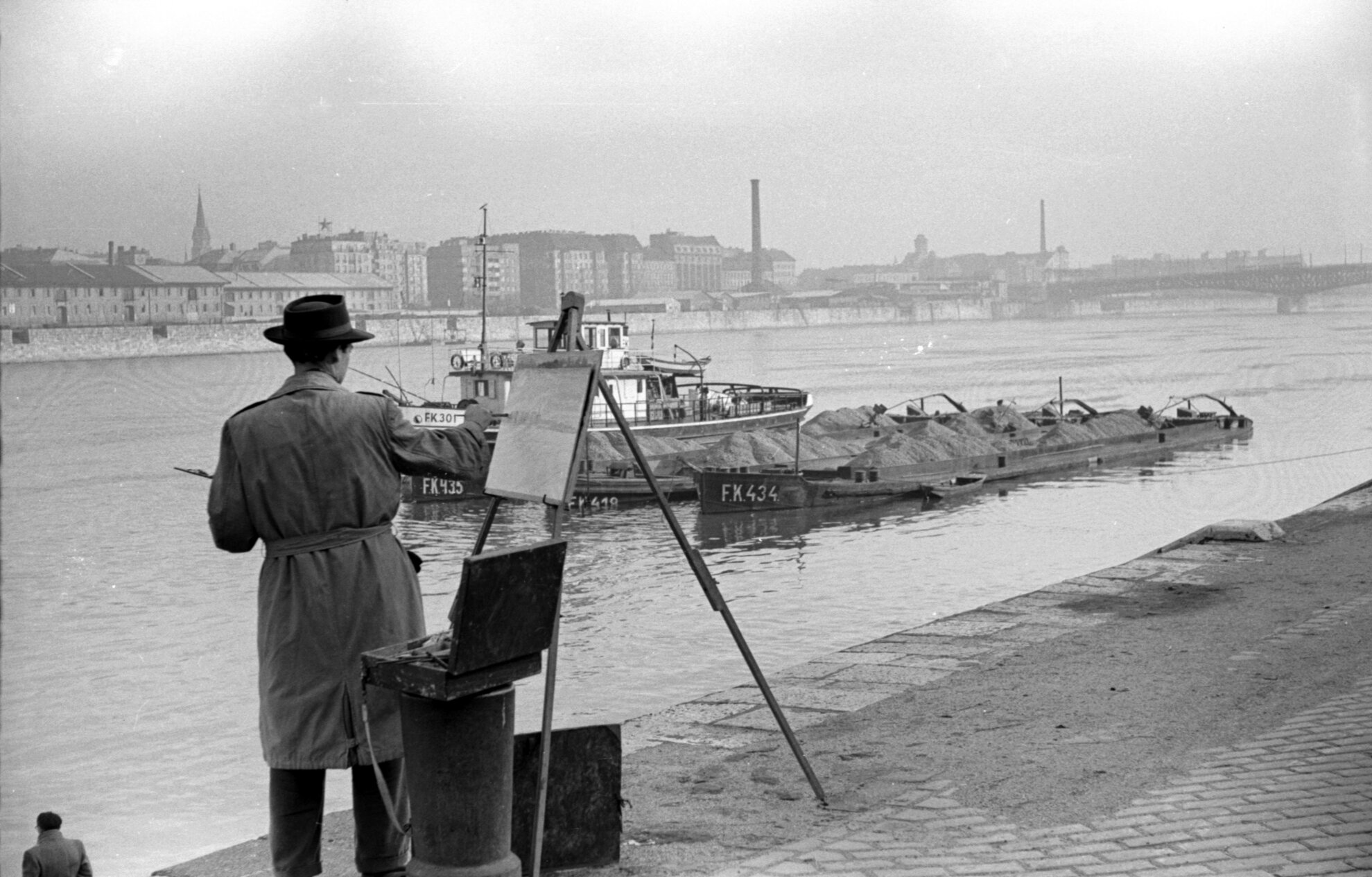
Although only united for 147 years, Budapest’s history goes back a long way, with secrets and stories lining its journey, including war, uprisings and major public gatherings.
Hungarian schoolchildren learn
early on that the history of Budapest begins with Aquincum. Parts of the
ancient Roman ruins in what we now call Óbuda can still be visited, while the
Aquincum Museum is a great source of information about this period. A few
ancient remains can also be found at the hub of Flórián tér.
Students also learn
that Árpád, the head of the Magyar tribes, chose this area as his base, that
the Tatars burned down Pest, demolished Óbuda, and that the Turks occupied
Buda.
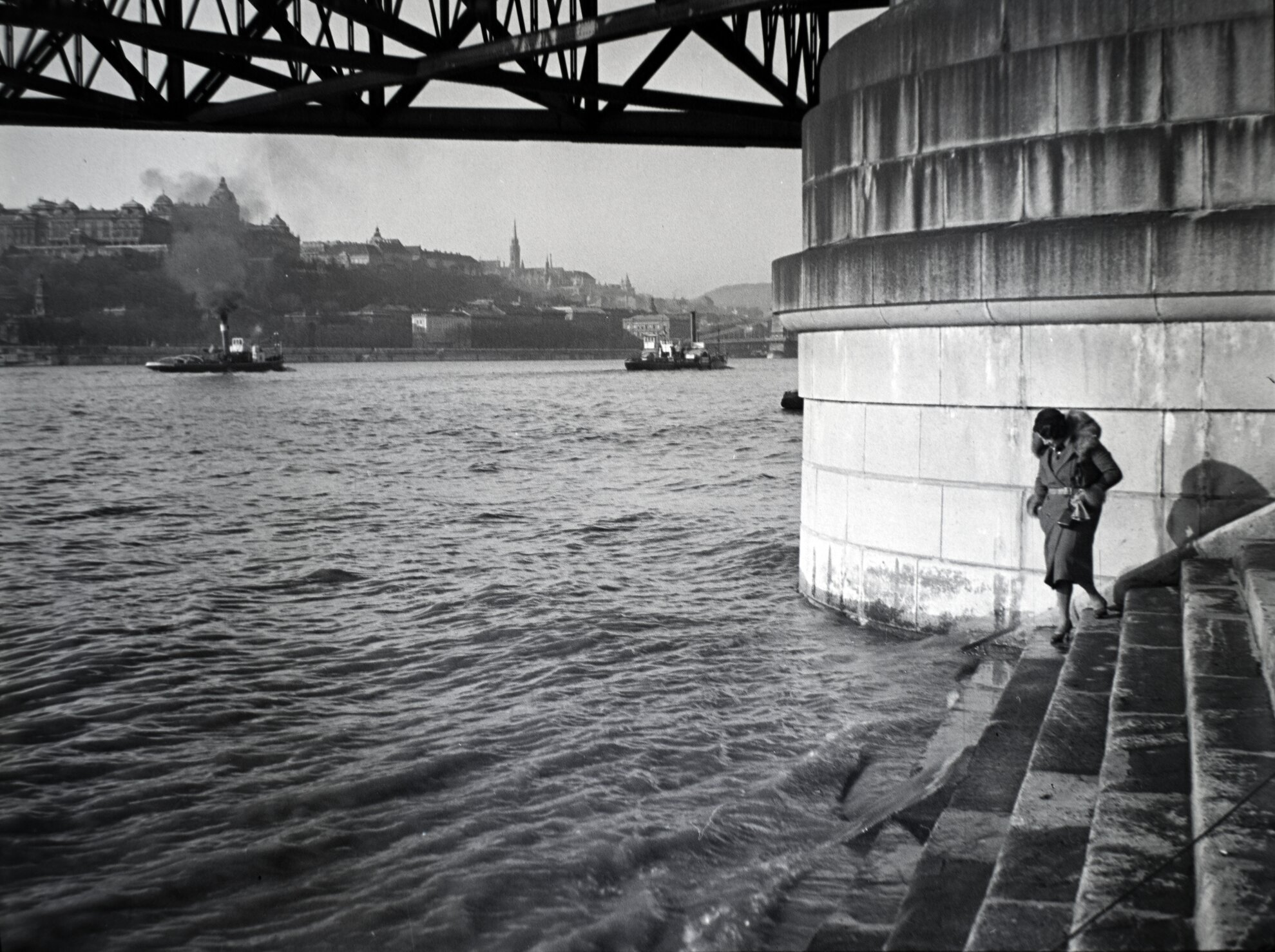
The history of Budapest really took off
with the Hungarian Reform Era, resulting in the Hungarian War of Independence of
1848. This was a time of great achievement and development: mansions, residential
blocks, bridges and roads were built, attracting citizens from the country into
the capital.
According a decision in
Parliament, Pest, Buda, Óbuda and Margaret Island were united in 1873, and the first mayor
of Budapest, Károly Ráth, was also elected.
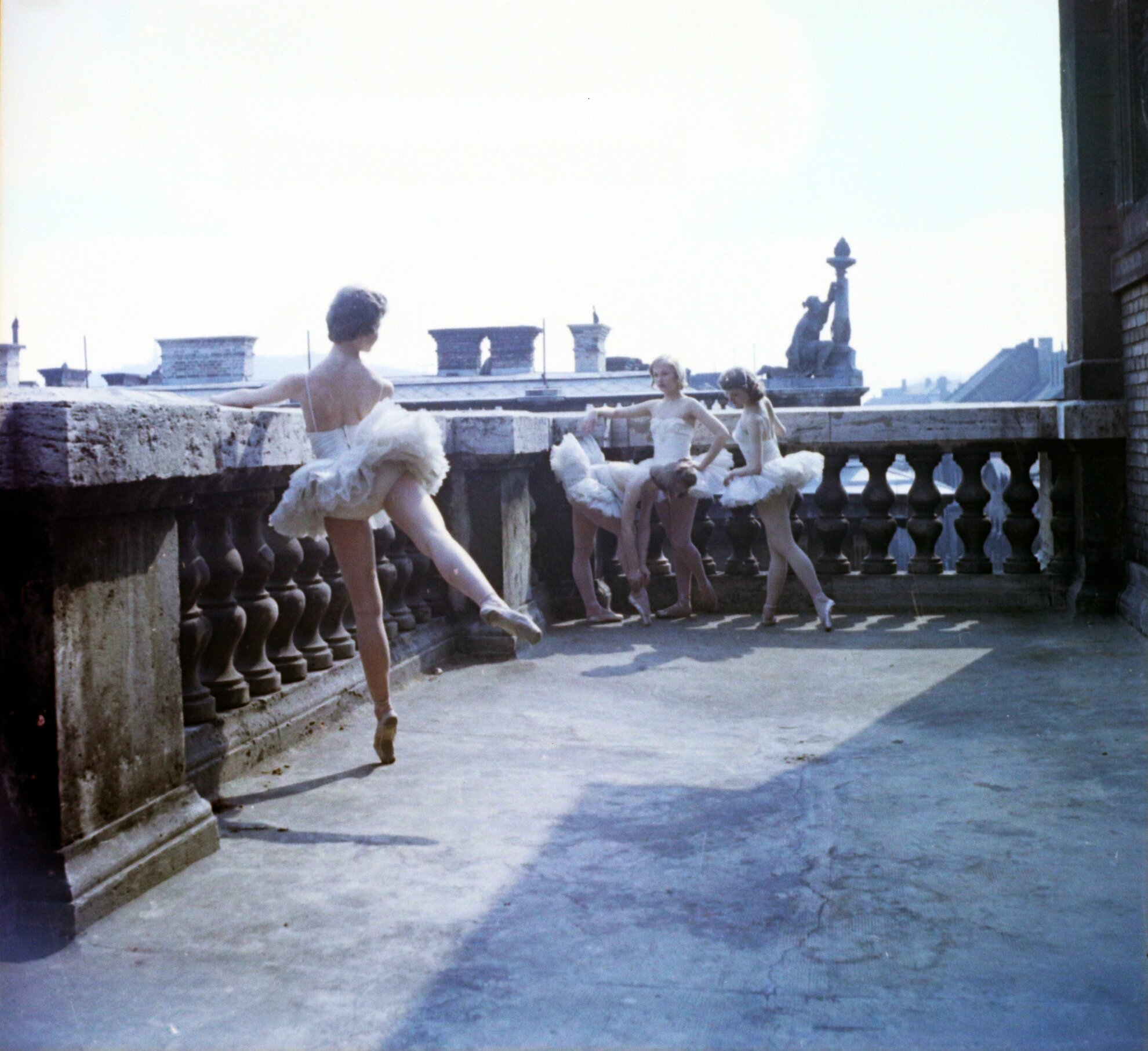
By day we can still visit Budapest’s oldest public park (Városliget, or City Park), oldest church (Inner City Parish Church and oldest residential building, found in the Castle District (Vörös Sün aka ‘Red Hedgehog’). It’s also worth exploring the modern developments in the city, such as the state-of-the-art stations of metro line 4, which gained multiple international awards for the designers.
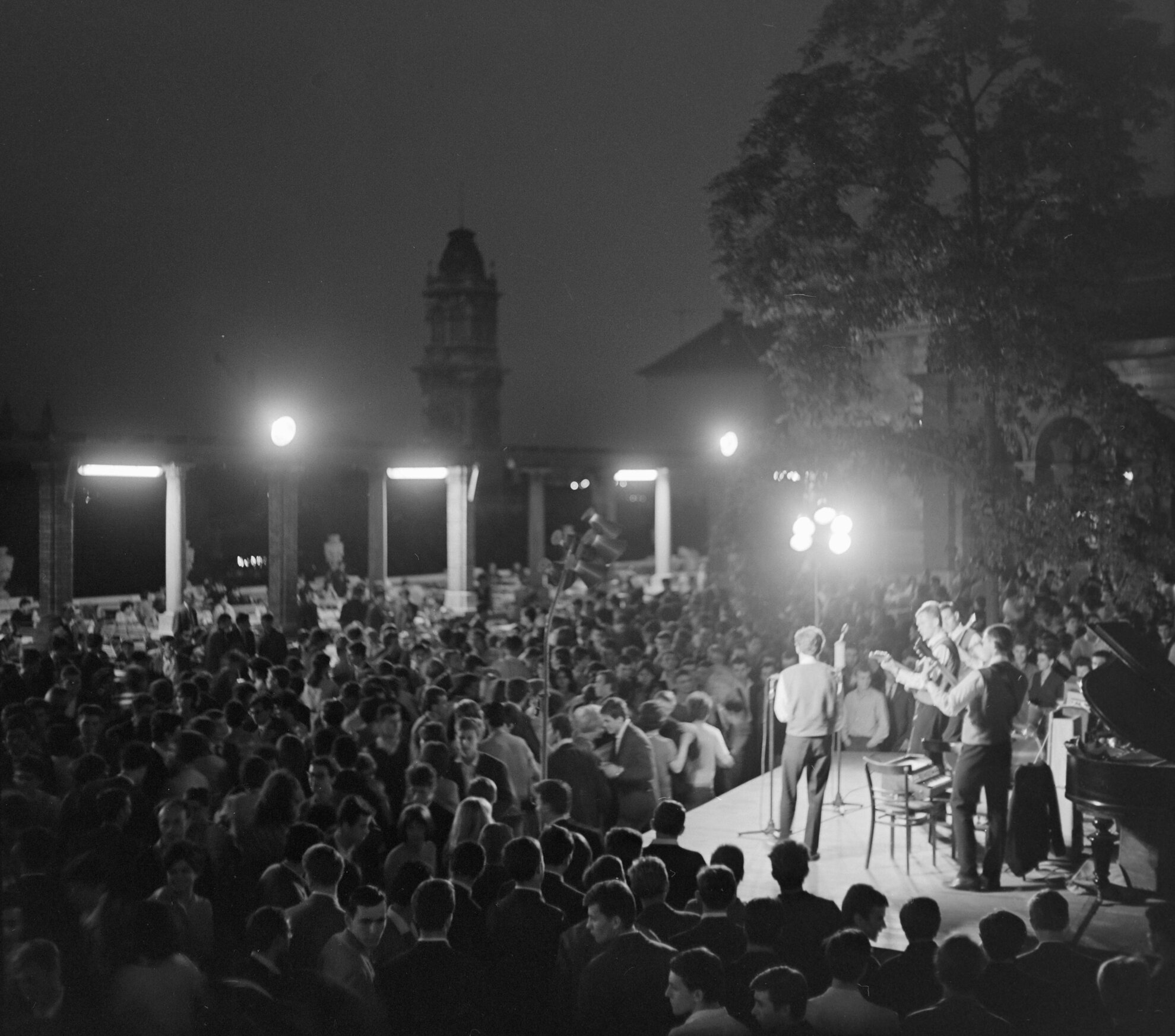
To see more archive pictures similar to those here, go to the Fortepan website, where thousands of images depicting the social history of Budapest.
